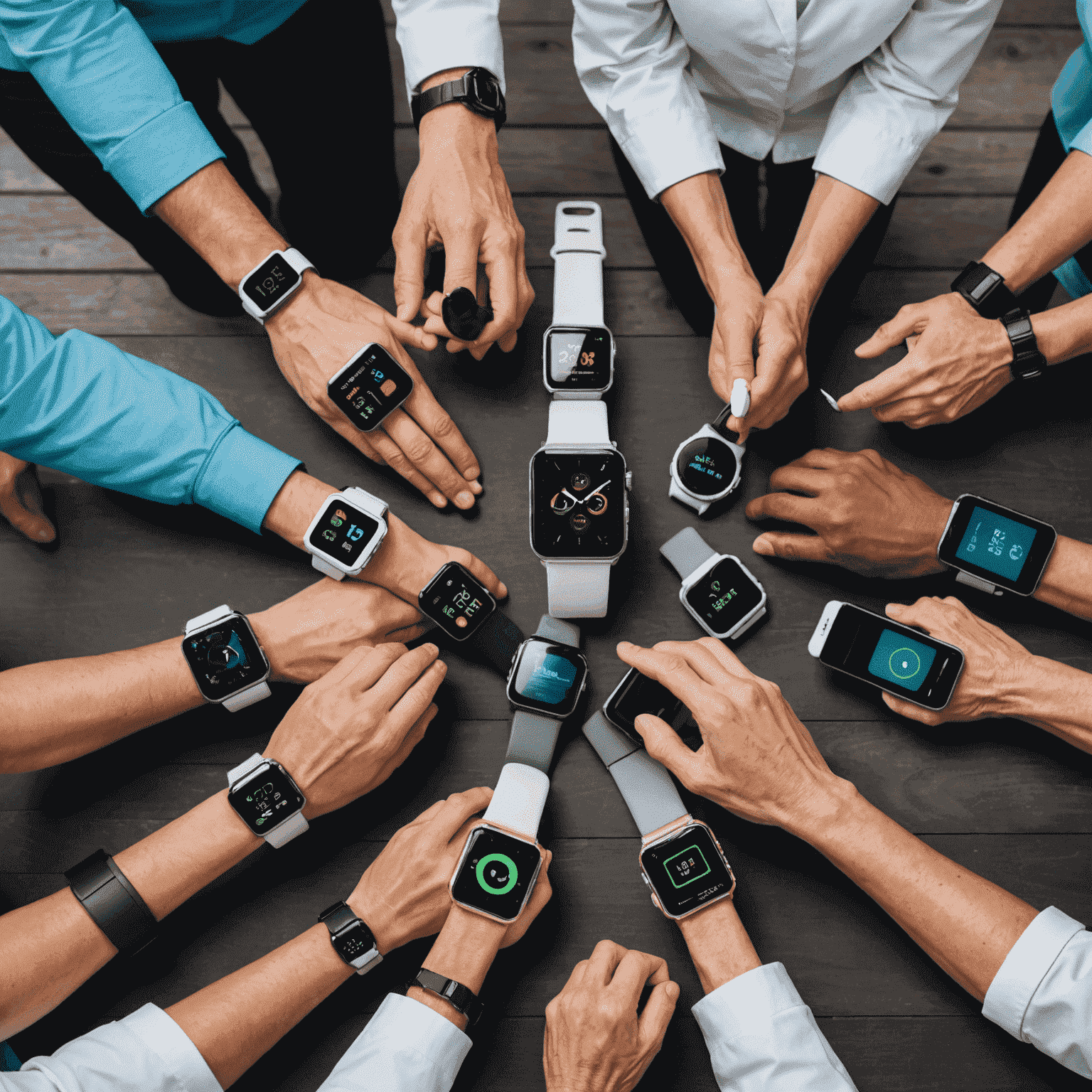Wearable Technology in Healthcare: Empowering Patients and Enhancing Remote Monitoring

The integration of wearable technology in healthcare is revolutionizing the way patients are monitored and treated. These innovative devices, ranging from smartwatches to specialized medical wearables, are empowering individuals to take a more active role in managing their health while providing healthcare professionals with valuable data for personalized care.
One of the key benefits of wearable technology in healthcare is the ability to enable remote patient monitoring. Patients with chronic conditions or those recovering from surgical procedures can wear devices that continuously track vital signs, such as heart rate, blood pressure, and oxygen levels. This data is securely transmitted to healthcare providers, allowing them to monitor patients' health status in real-time and intervene promptly if any concerning changes are detected.
Wearable devices are also promoting healthier lifestyles by encouraging users to be more physically active and mindful of their daily habits. Fitness trackers and smartwatches provide personalized insights into activity levels, sleep patterns, and calorie intake, motivating individuals to make positive lifestyle changes. By gamifying health goals and offering virtual coaching, these devices make it easier and more engaging for people to adopt and maintain healthy behaviors.
Moreover, wearable technology has the potential to aid in the early detection of health issues. Advanced wearables equipped with sophisticated sensors can detect subtle changes in physiological parameters that may indicate the onset of certain conditions. For example, some devices can identify irregular heart rhythms, which could be an early sign of atrial fibrillation, a common heart disorder. By alerting users and their healthcare providers to these abnormalities, wearables can facilitate timely interventions and prevent serious complications.
As wearable technology continues to evolve, its applications in healthcare are expected to expand further. Researchers are exploring the use of wearables for monitoring mental health, detecting falls in elderly patients, and even predicting the onset of infectious diseases. The integration of artificial intelligence and machine learning algorithms will further enhance the capabilities of these devices, enabling more accurate and personalized health insights.
However, the widespread adoption of wearable technology in healthcare also raises concerns about data privacy and security. It is crucial for device manufacturers and healthcare organizations to implement robust security measures to protect sensitive patient data from unauthorized access or breaches. Additionally, regulatory frameworks need to keep pace with the rapid advancements in wearable technology to ensure the safety and effectiveness of these devices in healthcare settings.
In conclusion, wearable technology is transforming the landscape of healthcare by empowering patients and enhancing remote monitoring capabilities. By promoting healthier lifestyles, enabling early detection of health issues, and providing personalized insights, wearables have the potential to improve patient outcomes and reduce healthcare costs. As the technology continues to evolve, it is essential to address data privacy concerns and establish appropriate regulatory guidelines to maximize the benefits of wearable technology in healthcare while ensuring patient safety and trust.